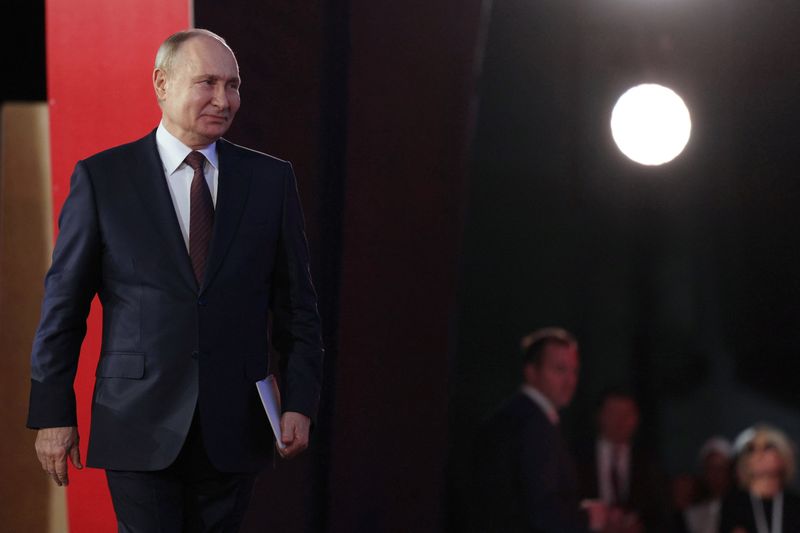(Reuters) - Russian President Vladimir Putin, running for a new six-year term in an election that his opponents say is a parody of democracy, said on Tuesday that past U.S. elections had been rigged by postal voting.
“In the United States, previous elections were falsified through postal voting … they bought ballots for $10, filled them out, and threw them into mailboxes without any supervision from observers, and that’s it,” Putin said, without providing evidence.



The electoral college complicates things by having each state be its own separate popular vote.
Two states, Nebraska and Maine, will split their electoral votes based on their popular vote. But the rest of the states just give all their electoral votes to their popular vote winner.
The core issue is that a presidential candidate can win 50.1% of the vote in a state and will receive all electoral votes as if 100% of the state voted for him.
A secondary issue is that electoral votes aren’t equal. Each state has a minimum of three electoral votes. This creates a situation where Wyoming, a state who’s population is smaller than our capital Washington D.C., has more voting power per person per electoral vote than California; the most populous state.
Only Maine splits their vote. Nebraska awards votes by congressional district, allowing the state to effectively gerrymander the electoral college.
Without proportional electors, in a close election where the swing states–the only states that matter–vote near 50-50, the outcome is essentially random. In the states that vote 50.1% for one candidate, 100% of the votes will go to one candidate, and in the states that vote 50.1% for the other candidate, 100% of the votes will go to that candidate. Random noise in how votes are aggregated, from the district level up, can theoretically lead to wildly unfair results. In the worst case, all voters in 49.9% of states (by elector count) vote for one candidate, and then all voters in 49.9% of the voting districts in the remaining states vote for the same candidate, but 50.1% of voters in the remaining districts vote for the other candidate, that other candidate’s ~25% of the popular vote becomes a majority and they win the election. The required popular vote percentage is even lower if you factor in how California voters are less than three fifths people (closer to one fifth than two fifths, even) compared to Wyoming.
Depending on how you count it, you only need 23-27% of the popular vote to win the electoral college. This scenario is very unlikely but it illustrates how skewed the electoral college can make our elections.